Key in a search term below to search our website.
Key in a search term below to search our website.
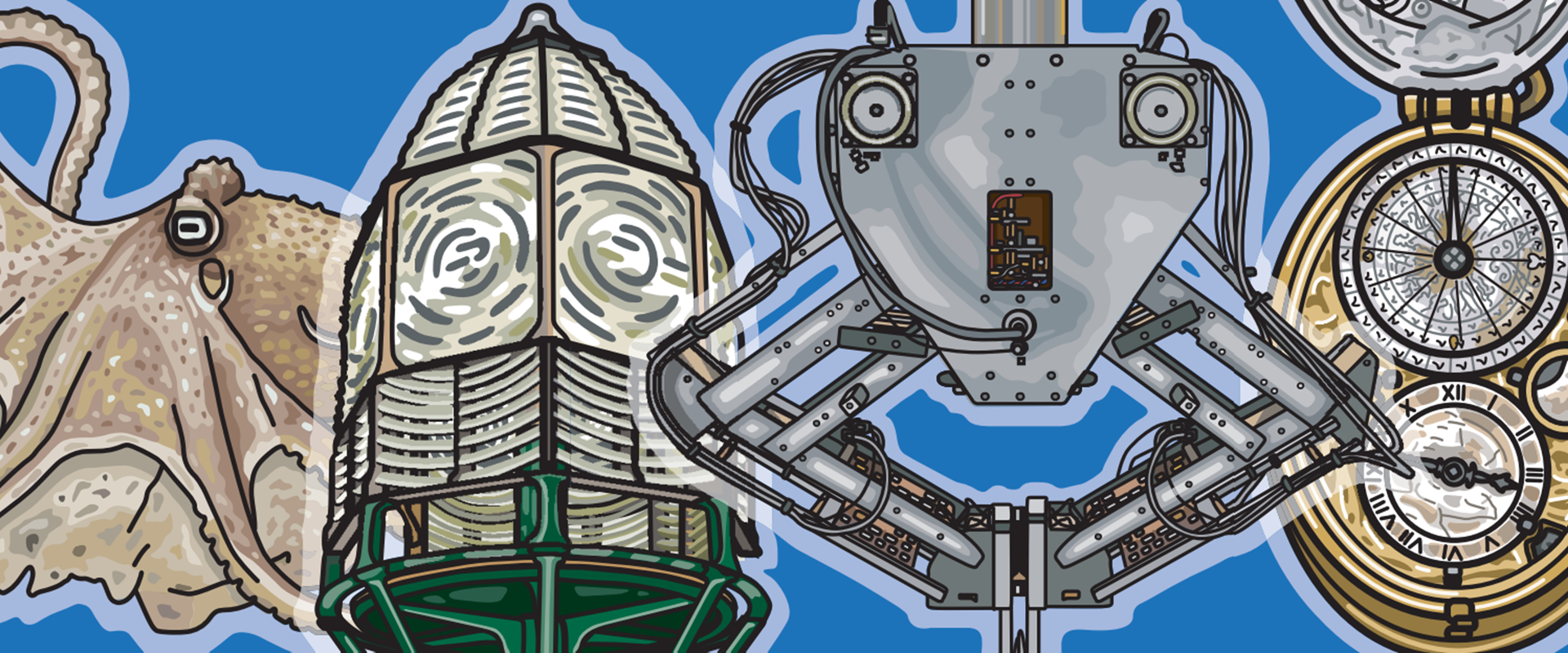
Our very own in-house Whovians have chosen 10 objects from our collections that have links to some of the scientific themes and stories from the iconic television series.
Pick up the trail when visiting the National Museum of Scotland or download a copy below.
Download the Doctor Who Gallery Trail📍 Animal World array, Level 1
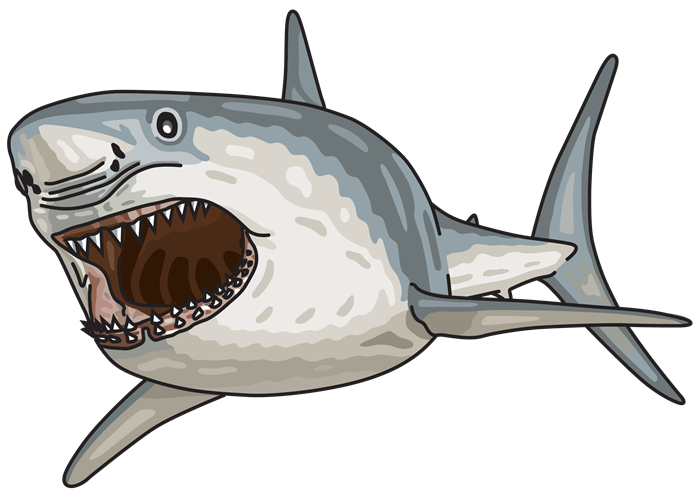
The episode A Christmas Carol features sky fish and sharks. The sky sharks fly through the air using electrical currents which react with crystalline elements in the fog of an alien world.
Here on Earth, sharks can’t fly but they do have super senses. Special sense organs called ampullae of Lorenzini allow them to detect tiny electrical currents produced by the muscles of hidden prey.
📍 Animal World gallery, Level 1
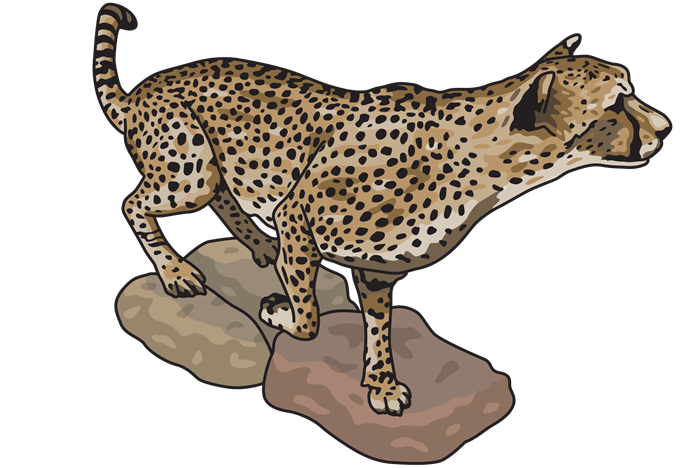
The fastest animal on land, a cheetah’s flexible backbone and loose shoulder joints increase its stride length so it can run faster, reaching a running speed of around 114 km an hour.
In the episode Survival, the Cheetah People are feline humanoids, with the head of a cheetah, thick spotted fur, sharp teeth and claws, and golden eyes.
📍 Animal Senses gallery, Level 3
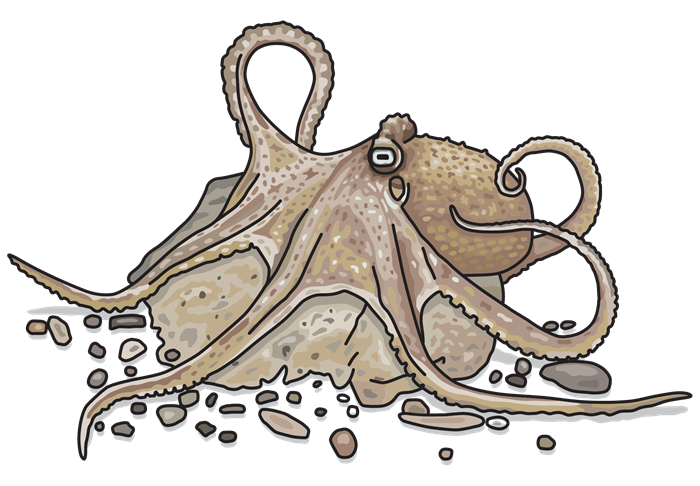
Why might two or even three hearts be better than one? Time Lords famously have two hearts, but an octopus has three! Two branchial hearts, which receive deoxygenated blood from around the body and pump it through the gills. And one systemic heart, which takes that oxygen-rich blood, increases its pressure, and then circulates it around the rest of the body.
📍 Restless Earth gallery, Level 3
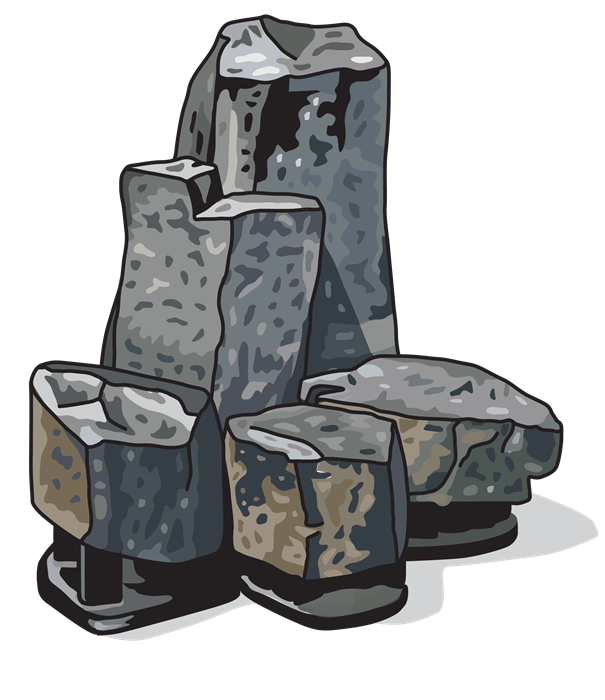
Nearly 90% of all the volcanic rock on Earth is basalt, which is formed from rapidly cooling lava.
In The Fires of Pompei, the Doctor causes the explosion of Mount Vesuvius to destroy the Pyroviles, humanoids formed from a rock base with a magma interior, who are plotting to use the power of the volcano to change all human life into Pyroviles.
📍 Collecting Stories gallery, Level 1
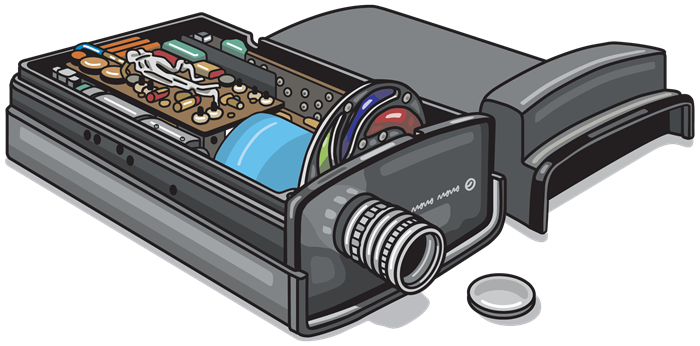
This is a prototype of the cameras built for NASA for the 1969 Apollo Moon landing. It uses the colour sequential technology which was invented in 1928 by Scottish engineer and innovator John Logie Baird and further developed by CBS from the 1940s.
The Apollo expedition is central to the story in The Day of the Moon when the Doctor uses live footage of the Moon landing to defeat the Silence, a rogue alien religious order which is seeking to influence human history.
📍 Grand Gallery, Level 1
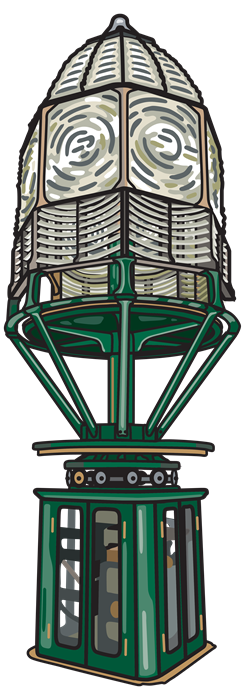
There are over 200 lighthouses around the coast of Scotland, many of them designed and built by the Stevenson family. This lighthouse lens was in use on Inchkeith island in the Firth of Forth, from 1889 until 1985, when the keeper was replaced with an automated light.
A remote lighthouse is the setting for The Horror of Fang Rock in which the Doctor uses diamonds to convert the electric lighthouse beam into a high-energy laser, with which to destroy an alien spaceship.
📍 Explore gallery, Level 1
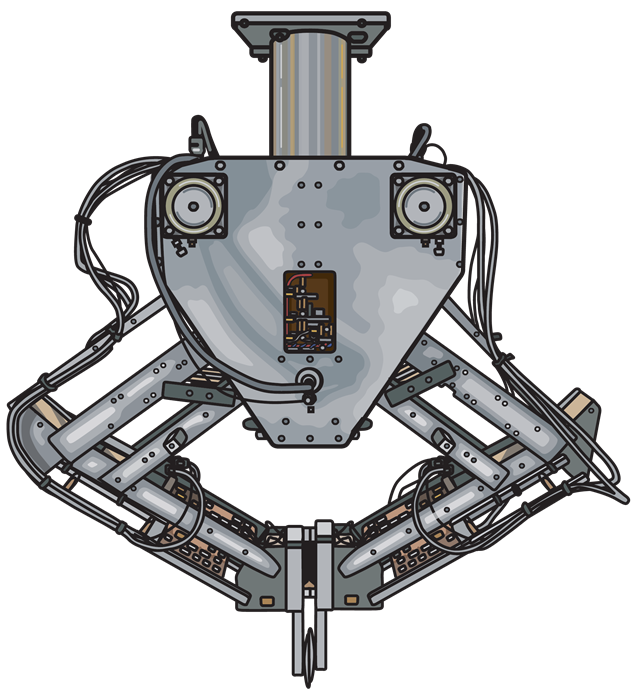
From the rogue giant K1 to K9, the loyal robot dog, robots have been at the centre of many of the Doctor's adventures, both as friends and as enemies.
Developed at the University of Edinburgh in the 1970s, Freddy the Robot was the first thinking robot to have a ‘feeling hand’ and an ‘eye’. Freddy was designed to carry out specific tasks in the way a young child would have done and was one of the most advanced robots in the field of artificial intelligence of its time.
📍 Explore gallery, Level 1
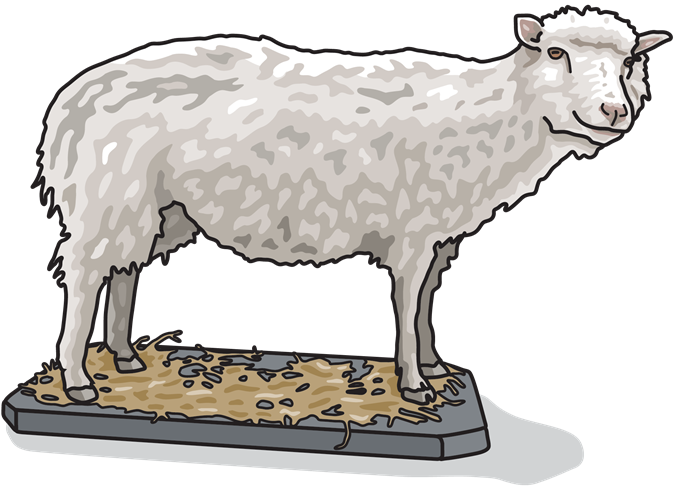
Cloning and clones have featured in the show from the earliest episodes, including the Sontarans, a warrior clone race from the planet Sontar.
Born on 5 July 1996, at the Roslin Institute near Edinburgh, Dolly the sheep was the first cloned mammal ever to be created from an adult cell. Since then, Roslin Institute has used genetic engineering to create chickens and pigs which are disease-resistant to viruses like bird fly and African swine fever.
📍 Enquire gallery, Level 5
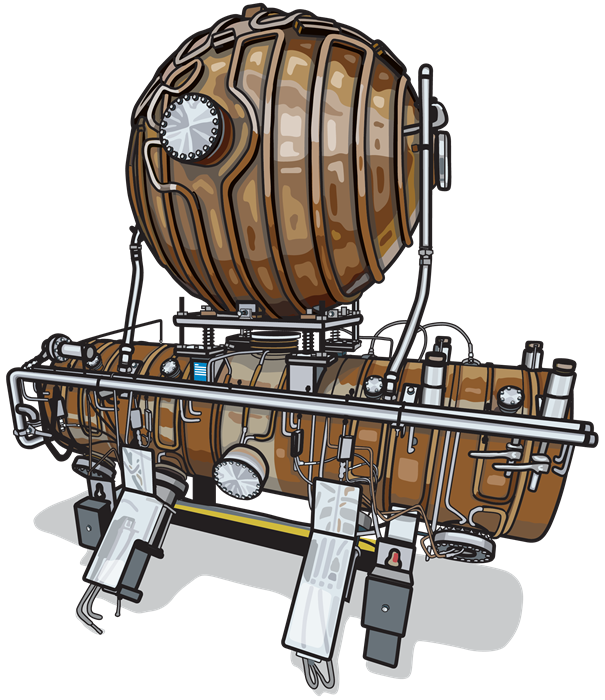
The LEP was the most powerful electron positron ever built - inside a 27km-long circular underground tunnel at the CERN research centre in Geneva. The LEP provided the first hints of the existence of the Higgs Bosun, which was eventually proved by experiments using CERN’s Large Hadron Collider.
The Large Hadron Collider is said to have inspired the redesign of the TARDIS interior by Michael Pickwoad, production designer for Series 7. CERN itself appears in Extremis in Series 10.
📍 Kingdom of the Scots gallery, Level 1
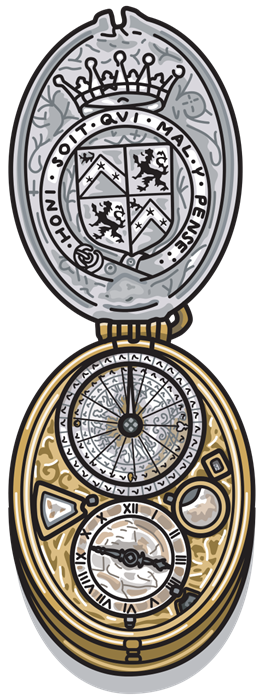
A pocket watch regularly appears as part of the Doctor’s accessories and often turns out to be quite handy. In The Two Doctors, the Doctor uses a silver watch on a silver chain to hypnotise someone.
This watch was made by David Ramsay, a Scottish watchmaker and keeper of ‘all his majestie’s clocks and watches’ to King James VI and I. Ramsay would have had a scientific knowledge of metallurgy (to ensure that the watch and spring were made from the right quality of metal), and an understanding of maths, mechanics and astronomy (for the phases of the moon dial).